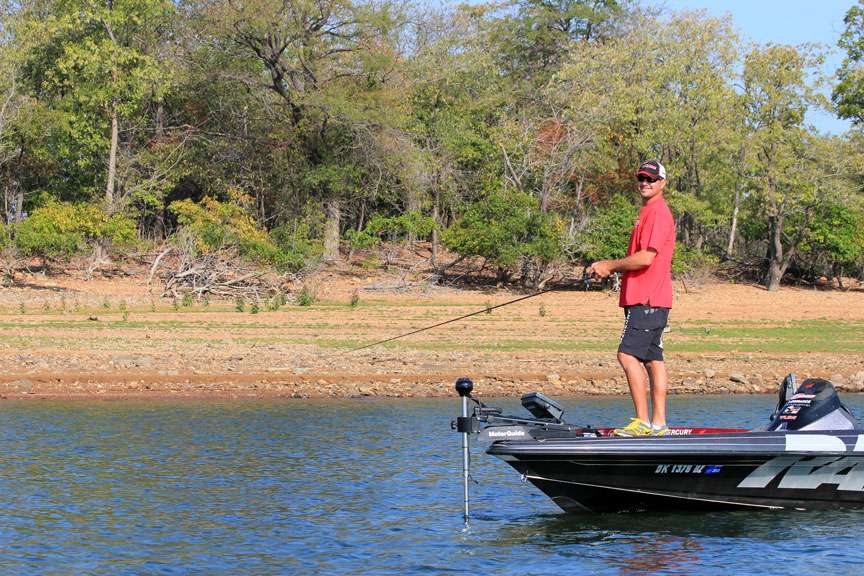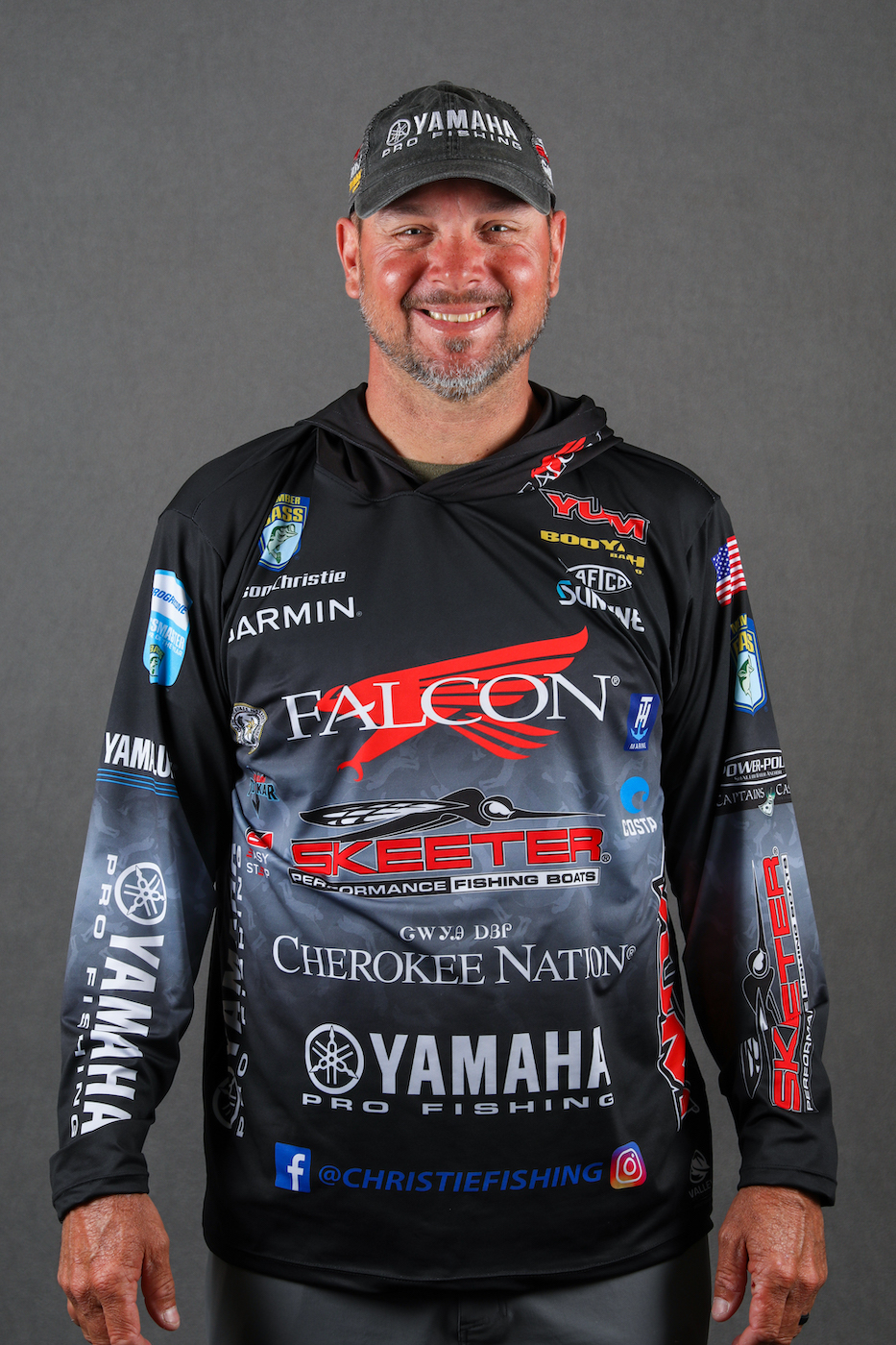
The almanac says the first day of summer will fall on June 21, so what we find ourselves in right now is a transitional period where late spring starts to change into that long hot season.
This can be a challenging time of year, but the challenges actually create opportunities. The reason is that a lot of fish that relate to the bank in the late spring start moving out to offshore structure. That makes it tough to find them because you’re not throwing at visible targets.
But when you find them, the opportunity to sit in one spot and catch the heck out of them is incredible. It’s definitely a little harder to find them offshore, but when you do, you can catch 10, 15, 20 in a row.
Finding the fish requires a lot of looking, and when I say “looking,” I mean looking at your electronics. I just cannot overemphasize just how important this is.
For me, the thing that has made this easier in recent years is Lowrance StructureScan. I don’t even make a cast out deep unless I see them on the graph. I’ve tried to fish without seeing them. I’ve idled over places and said “Man, this is a good-looking place. I don’t see any fish, but I’m going to go ahead and fish it.” But I never get a bite.
For my fish-finding, I run a Lowrance HDS 12 Gen2 Touch and an HDS 9 Gen2 Touch on my console. I use the 12 for mapping and 2D sonar and the 9 for DownScan and StructureScan. I have a duplicate setup on the front and I use these units mostly the same, but when I’m up there, I use the 9 mostly for Downscan.
I’ve found that StructureScan is less effective on trolling motor power. You really need a steady 4-5 mph to get your best picture and it’s hard to get that on the trolling motor.
When I’m offshore fishing, I typically use three baits. First is a Bomber BD7 Fat Free Shad. On 12-pound Sunline Sniper fluorocarbon, I can hit 16-18 feet with this bait. I fish this on a 7 1/2-foot Falcon rod with a 5:1 reel. That gear ratio is important so you don’t wear yourself out so much.
This is a good bait when the fish are not pressured. They’ll usually respond quickly, so I start with this one and I keep throwing it until the bite slows down.
Once they stop biting the crankbait – or if I’m in an area that’s heavily pressured, I’ll slow roll a 5-inch Yum Money Minnow on a 3/4-ounce head. This is a good way to get some extra bites after the crankbait stops producing. And if they’re there and not wanting to bite, they’ll bite the Money Minnow.
I think it’s the subtlety that appeals to the fish. Crankbaits are loud, but a 5-inch swimbait comes through there with a lot less noise and it looks about as real as anything.
The last offshore bait in my standard lineup is a 10 1/2-inch Yum Mighty Worm, either Texas rigged or on a 3/4-ounce Yum Pumpkin Head stand up jighead. This head gives me a better hookset because more of the hook is exposed. It also gives me that stand-up presentation that the fish seem to like out deep.
This transitional season can produce tremendous tournament sacks, but this is the time of year that I try to take my kids fishing. It’s not a lot of going down the bank, it’s not a lot of downtime. When I do find them, the action is fast and furious, so they don’t get bored.
When I fish a tournament this time of year, the offshore transition can really work to my advantage. In practice, my goal is to find three or four schools of fish. If I find three or four schools every day, that’s a dozen or so come tournament time, and that’s a lot of fish.
On tournament day, I try to not look at the obvious stuff. I look for stuff that doesn’t show up as much on a map because those fish aren’t as pressured. I’ll look for something like a point off a ledge – something more discreet.
Take advantage of this transitional season and enjoy the offshore bite. With a combination of electronics and mapping, you can learn where the fish set up. And if you see them on the graph, they’re there and there’s a way to catch them.





